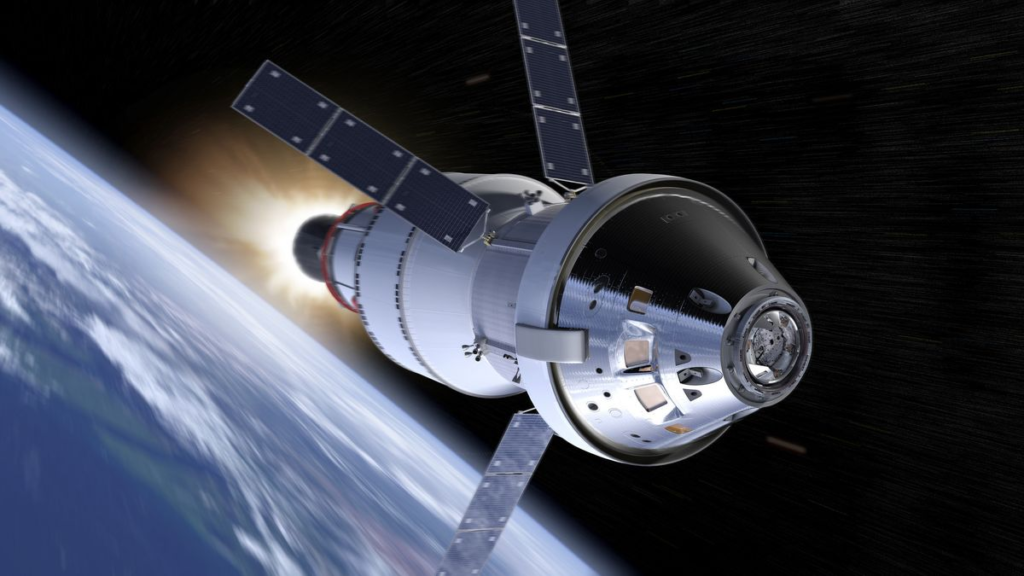A New Dawn for Lunar Exploration: NASA’s Artemis II Mission
NASA’s Artemis II mission, scheduled for launch later this year, marks a significant milestone in human space exploration. As the first crewed lunar mission since the Apollo program concluded in 1972, Artemis II signifies a renewed commitment to lunar exploration and paves the way for future missions to the Moon and beyond.

The Artemis Program
The Artemis program, named after the Greek goddess of the hunt and the Moon, aims to establish a sustainable human presence on the Moon. Artemis II is a crucial step towards achieving this ambitious goal. The mission will involve sending a crew of four astronauts on a deep-space journey around the Moon, testing the capabilities of the Orion spacecraft and the Space Launch System (SLS) rocket.
Preparing for Future Missions
The Artemis II mission will provide valuable data and experience for future lunar missions, including Artemis III, which is planned to land astronauts on the Moon in 2025. The mission will also help NASA develop the technologies and infrastructure necessary for long-duration space exploration, which will be essential for future missions to Mars and beyond.
A Testament to Human Ingenuity
The launch of Artemis II is a testament to human ingenuity and perseverance. Despite the challenges and setbacks faced by the space program in recent decades, NASA has remained committed to exploring the cosmos. The Artemis program represents a new era of space exploration, one that promises to unlock the mysteries of the Moon and inspire future generations.
In conclusion, NASA’s Artemis II mission is a historic endeavor that marks a new chapter in human space exploration. The mission will provide valuable data and experience for future lunar missions, paving the way for a sustainable human presence on the Moon. As we look to the future, the Artemis program offers a glimpse of the exciting possibilities that lie ahead for space exploration.




















